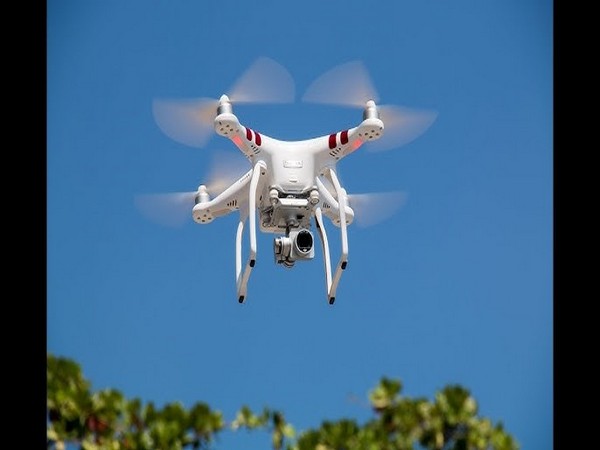Challenges in Building a Drone Marketplace: Key Insights and Lessons
Nov 01, 2024
VMPL
New Delhi [India], November 1: As drone technology advances and adoption increases across various industries, the demand for reliable and scalable drone services has surged. Sectors such as telecommunications, agriculture, and infrastructure are rapidly integrating drones to optimize their operations, from inspecting telecom towers to surveying large plots of land or infrastructure projects.
In this environment, the concept of a drone marketplace--an online platform that connects certified drone pilots with businesses in need of their services--has gained significant traction. However, building and scaling such a marketplace is no simple task. Drawing from firsthand experience, this article will explore the key challenges involved in establishing a thriving drone marketplace, offering practical insights into the complexities of managing pilots, adhering to regulations, acquiring clients, and scaling across regions.
Section 1: Navigating Regulatory Complexities
One of the most significant hurdles is dealing with the varied and evolving regulations governing drone operations. Rules differ across regions, impacting airspace access and safety protocols.
For a marketplace to operate smoothly, it must stay updated on regulatory changes and ensure that pilots have the necessary permissions. Compliance systems and automated tools can help streamline this process, while also fostering trust with clients by guaranteeing that operations are legally sound and safe.
Section 2: Building and Managing a Pilot Network
Recruiting and managing a reliable network of skilled drone pilots presents its own challenges. Standardizing operations across a diverse group of pilots, ensuring consistent quality, and maintaining safety protocols are crucial for a successful marketplace.
Training, certification, and ongoing support are key to maintaining pilot standards. Additionally, building trust between clients and pilots through transparent rating systems and consistent communication helps create a reliable service ecosystem, enhancing the marketplace's reputation. Also managing the expectations of these drone pilots for continued projects. It's the balance between supply and demand which is aligning clients and drone pilots expectations.
Section 3: Technological Integration
Creating a seamless connection between drone pilots and clients requires integrating diverse drone hardware and software systems. Ensuring that the platform supports various technologies while offering real-time communication and data sharing is essential for smooth operations.
The complexity increases with the addition of advanced data analysis and AI-driven tools, which are often necessary to meet client expectations. Balancing technological innovation with ease of use is a constant challenge in scaling the marketplace.
Section 4: Client Acquisition and Trust
Acquiring clients, especially large enterprises, is a critical challenge in a drone marketplace. Businesses need assurance that the pilots and services they hire are both reliable and compliant with regulations.
Building trust with clients requires delivering consistently high-quality service, providing transparent feedback mechanisms, and ensuring safety and compliance. Offering service guarantees or using pilot rating systems helps strengthen the marketplace's reputation, making it more attractive to new clients.
Section 5: Scaling and Global Expansion
Expanding a drone marketplace beyond its initial geographic region introduces challenges such as regulatory differences, local market needs, and operational logistics. Each new region may require unique adjustments in terms of legal frameworks, cultural preferences, and infrastructure.
Successfully scaling requires a flexible approach that adapts to different environments while maintaining the core platform's integrity. Streamlining operations and automating processes where possible can help ease the burden of global expansion.
Section 6: Sustaining a Business Model
Balancing competitive pricing with a sustainable business model is a challenge for any marketplace. Pricing structures need to reflect the value provided by the platform while ensuring pilots are fairly compensated.
Diversifying revenue streams, such as offering premium services or additional features like data analysis, photogrammetry processing and analysis can help the marketplace remain profitable in the long term without sacrificing client affordability.
Conclusion:
Building and scaling a drone marketplace involves navigating complex regulations, managing a network of pilots, and acquiring clients, all while ensuring technological integration and business sustainability. By overcoming these challenges, drone marketplaces can unlock significant opportunities across a range of industries, creating value for both pilots and clients alike.
Rakesh Routhu, a Drone Expert and previously the Co-Founder of Aerologix says - "Aerologix focuses on drone-based services. It specializes in connecting clients with drone pilots to offer various aerial data capture solutions, including inspections, surveying, mapping, and real-time data analysis for industries such as agriculture, infrastructure, and more."
(ADVERTORIAL DISCLAIMER: The above press release has been provided by VMPL. ANI will not be responsible in any way for the content of the same)








